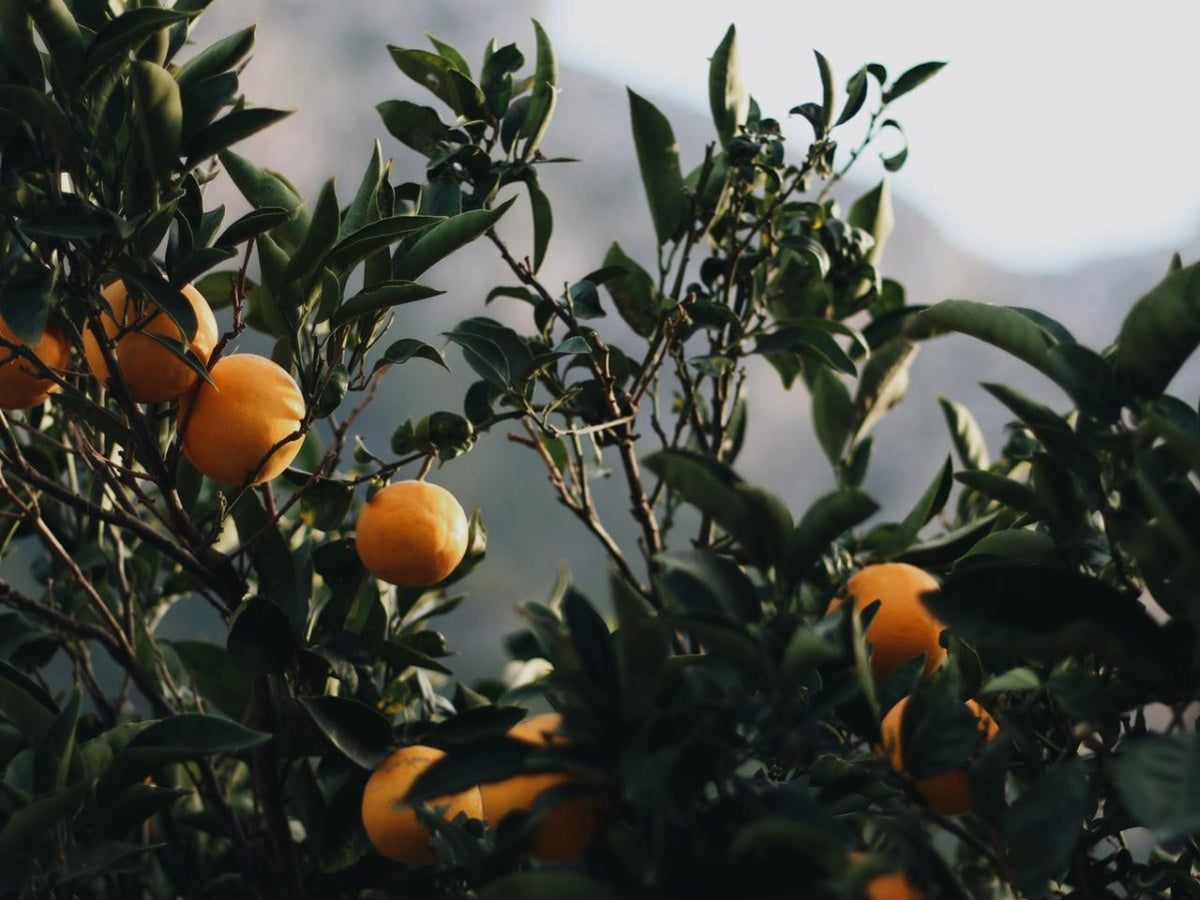Community Microbiome

microorganisms
Microorganisms, also called microbes, are microscopic. The plant and animal creatures cannot be seen individually with the naked eye. Microorganisms include bacteria, microalgae and many fungi such as baker's yeast. Viruses are not living beings, but are classified as microorganisms because of their size. Microorganisms are unicellular or few-celled creatures in contrast to multicellular creatures such as plants and animals.
microbiome
The microbiome is an ecosystem that includes all microorganisms that colonize a macroorganism such as a human, animal or plant. It is also referred to as microbiota or microflora.
The microbiome lives in and on a person and can be found on all body surfaces. Humans act as hosts for these microorganisms. The mouth, intestines, vagina, skin and eyes in particular are densely populated. The human microbiome consists mainly of bacteria and can influence the human immune system, metabolism and endocrine system. Therefore, the microbiome makes an important contribution to our health.
However, the composition and the way in which exactly the microbiome works have not yet been researched. Much like a tropical rainforest, the microbiome is a complex ecosystem. It only works if the different organisms interact perfectly. At the same time, this is also the reason why it is easily susceptible.
But doctors can already draw conclusions about the state of health of a person by examining the microbiome. You can determine how healthy the community of microorganisms is in the mouth, on the skin, in the intestines and in the genital area.
For example, due to the dense occupation of the habitats on the intestinal wall, there is no room for pathogenic pathogens. The good bacteria defend us against the bad ones, so to speak. They also train our immune system. Studies have shown that the intestinal flora that develops in a person contributes significantly to the development of his immune system. For example, mice that grow up without any bacterial flora in their intestines, i.e. are germ-free, later have a very underdeveloped immune system.tem.
Mushrooms
Fungi belong neither to the genus of plants nor to animals. Although they are sedentary like plants, they cannot carry out photosynthesis. Like animals, they feed on organic matter. However, they can only absorb food from the environment in dissolved form. There are fungi as multicellular organisms like the mushrooms, but also as unicellular organisms like baker's yeast. The unicellular fungi belong to the microorganisms. The entirety of all fungi contained in the microbiome is called the mycobiome.
Microorganisms, also called microbes, are microscopic. The plant and animal creatures cannot be seen individually with the naked eye. Microorganisms include bacteria, microalgae and many fungi such as baker's yeast. Viruses are not living beings, but are classified as microorganisms because of their size. Microorganisms are unicellular or few-celled creatures in contrast to multicellular creatures such as plants and animals.
microbiome
The microbiome is an ecosystem that includes all microorganisms that colonize a macroorganism such as a human, animal or plant. It is also referred to as microbiota or microflora.
The microbiome lives in and on a person and can be found on all body surfaces. Humans act as hosts for these microorganisms. The mouth, intestines, vagina, skin and eyes in particular are densely populated. The human microbiome consists mainly of bacteria and can influence the human immune system, metabolism and endocrine system. Therefore, the microbiome makes an important contribution to our health.
However, the composition and the way in which exactly the microbiome works have not yet been researched. Much like a tropical rainforest, the microbiome is a complex ecosystem. It only works if the different organisms interact perfectly. At the same time, this is also the reason why it is easily susceptible.
But doctors can already draw conclusions about the state of health of a person by examining the microbiome. You can determine how healthy the community of microorganisms is in the mouth, on the skin, in the intestines and in the genital area.
For example, due to the dense occupation of the habitats on the intestinal wall, there is no room for pathogenic pathogens. The good bacteria defend us against the bad ones, so to speak. They also train our immune system. Studies have shown that the intestinal flora that develops in a person contributes significantly to the development of his immune system. For example, mice that grow up without any bacterial flora in their intestines, i.e. are germ-free, later have a very underdeveloped immune system.tem.
Mushrooms
Fungi belong neither to the genus of plants nor to animals. Although they are sedentary like plants, they cannot carry out photosynthesis. Like animals, they feed on organic matter. However, they can only absorb food from the environment in dissolved form. There are fungi as multicellular organisms like the mushrooms, but also as unicellular organisms like baker's yeast. The unicellular fungi belong to the microorganisms. The entirety of all fungi contained in the microbiome is called the mycobiome.


Comments